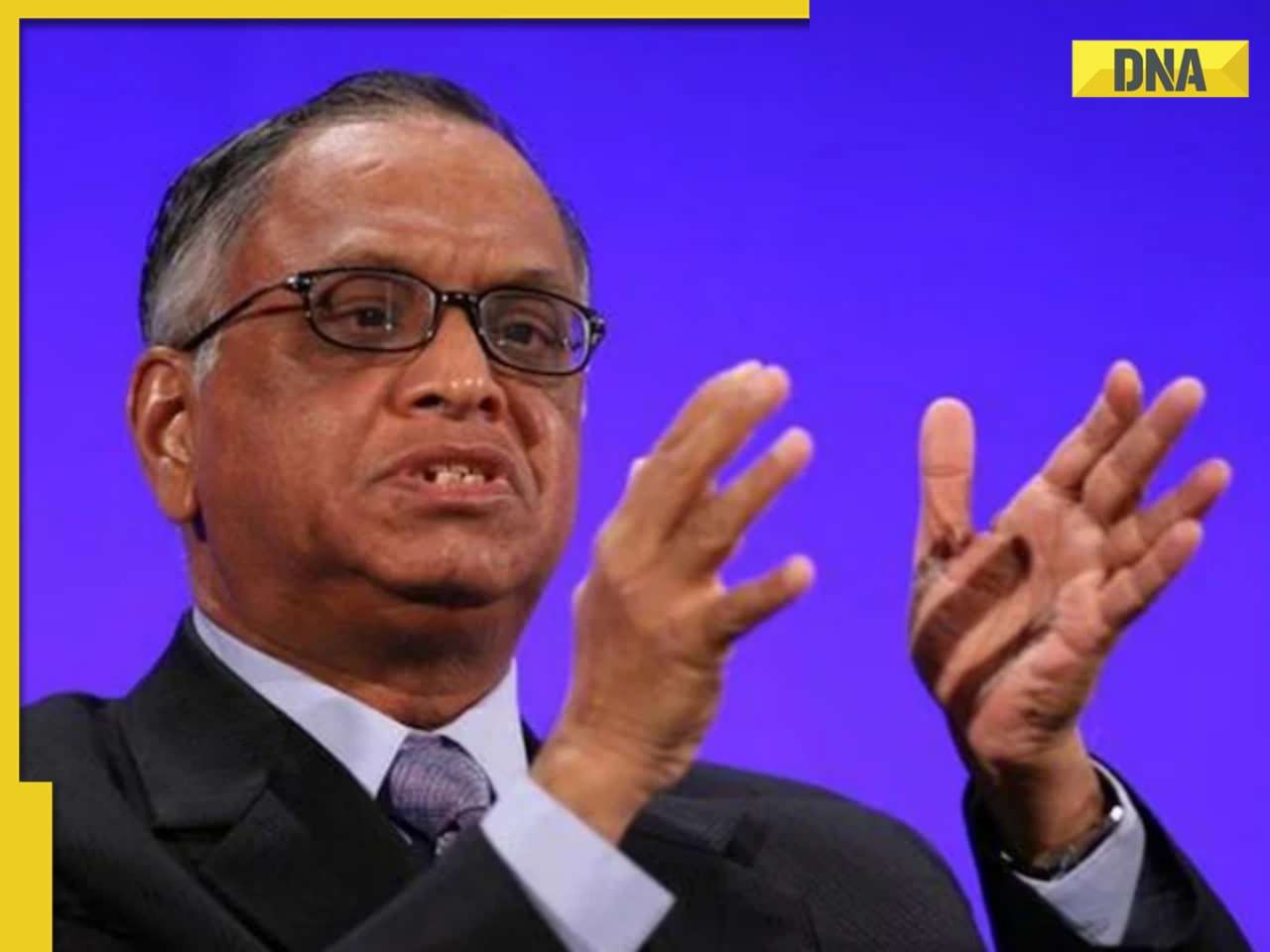Given India’s greater vulnerability to any adverse impact of climate change, isn’t it also in India’s interest to get
cracking on emission cuts right now?
India is among the regions that will be most adversely affected by climate change. Yet India has consistently held that it is the West which is morally obliged to move first on significant carbon caps, given their historic responsibility in polluting the world.
But now environment minister Jairam Ramesh has announced that India should learn from China and become proactive, as it is in its own interest to adopt climate-friendly policies.
But for India, the challenge is to do this without foregoing the necessity of development, elimination of poverty, and securing a better life for its people.
India does have in place a national action plan on climate change (NAPCC) and government officials believe that India has a more far-sighted climate change plan compared with China. They point out that India’s action plan focuses on energy security while China’s plan concentrates only on emission reduction. Besides, they add, China’s emissions have risen to match those of the US, whereas India is neither a major emitter, nor would it get there.
Using the argument of ‘climate justice’, India and China have rejected any legally binding targets for cutting emissions, since the developed world is primarily responsible for the present levels of greenhouse gases, Justice therefore demands that they pay their environmental debt and reduce GHG emission levels.
As Sunita Narain, director of the Centre for Science and Environment puts it, “One US citizen is equal to 20 Indians in GHG emissions. If you take the world as one for tackling climate change, you should give equal claims or rights to each human being.”
Environmentalist Himanshu Thakkar, however, sees the NAPCC as “essentially a collection of business-as-usual plans”. Unlike China, it sets very few quantitative targets except in one or two cases. “While India need not bind itself to cuts internationally, it could make commitment to its own citizens,” he said. On the other hand, China’s National Climate Change Policy (CNCCP) makes a good beginning with measurable goals to be achieved in stated time frames. It targets a “20 percent reduction of energy consumption per unit GDP by 2010, and consequently reduce CO2 emissions.”
Thakkar lists steps India can easily take without depending on foreign financial or technological assistance: reduction of transmission and distribution losses in power sector, ground water recharge, proper cropping patterns and practices, and promoting organic farming.
“We have had a Pollution Control Act since 1974. But it has not worked in a single city. The river action plan has a new authority directly under the prime minister, but it has not met in months. We’ve been talking of rainwater harvesting for years, but no targets have been set,” said Thakkar.
All these could be done within the existing allocations, but the will is lacking. For instance, India’s presentation to the UN said agriculture accounts for 20 per cent of its GHG emissions. “This comes primarily from fertilisers. We give subsidy for fertilisers but do not promote organic farming, which does not need fertilisers,” says Thakkar.
In fact, business interests and populist politics both come in the way of environment-friendly steps. The notification of Dahanu as an eco-fragile area was repeatedly attacked by local industrialists and former oil minister Ram Naik. Jairam Ramesh has also talked of state governments rushing ahead with environmentally questionable projects without impact assessments.
In a memorandum to the prime minister, 15 noted environmentalists found fault with the NAPCC, pointing out that “while the mission for the Himalayan ecosystem talks about the vulnerability of millions in mountain environs, the ongoing and proposed initiatives on hydropower projects... [are] not only threatening the lives and livelihoods of these people, it is also hastening the process of glacier melt.” Similarly, the initiatives on thermal power projects and mining (including coal, bauxite) proposals are threatening India’s water resources at numerous sites.
However, shortcomings apart, India’s initiatives will add weight to it’s insistence that the developed world take proactive action for a more drastic reduction in emissions.
Appreciating India’s initiatives, special US Envoy on Climate Change Todd Stern told American lawmakers at a Congressional hearing, “In some cases, they (the countries) are taking action at the federal level that outstrips our own.” This, he added, despite the fact that developing countries tend to see climate change as a problem not of their own making and are being asked to fix in ways which, they fear, could stifle their ability to lift their standards of living.
![submenu-img]() Meet actress who is set to work in India's most expensive film, started career with superhit TV show, then gave..
Meet actress who is set to work in India's most expensive film, started career with superhit TV show, then gave..![submenu-img]() Hansal Mehta reacts to Sahara Group calling his series Scam 2010 The Subrata Roy Saga 'abusive act, cheap publicity'
Hansal Mehta reacts to Sahara Group calling his series Scam 2010 The Subrata Roy Saga 'abusive act, cheap publicity'![submenu-img]() Meet actor, who was once Aamir, Shah Rukh's rival, never became superstar, worked as hotel manager, is now...
Meet actor, who was once Aamir, Shah Rukh's rival, never became superstar, worked as hotel manager, is now...![submenu-img]() 9 killed, 24 injured as bus catches fire in Haryana's Nuh
9 killed, 24 injured as bus catches fire in Haryana's Nuh![submenu-img]() Meet actress who started career with Ranveer, Deepika, is married to man with Rs 53,800 crore net worth, husband is..
Meet actress who started career with Ranveer, Deepika, is married to man with Rs 53,800 crore net worth, husband is..![submenu-img]() Meet IIT graduates, three friends who were featured in Forbes 30 Under 30 Asia list, built AI startup, now…
Meet IIT graduates, three friends who were featured in Forbes 30 Under 30 Asia list, built AI startup, now…![submenu-img]() Meet woman who cracked UPSC in fourth attempt to become IAS officer, secured AIR...
Meet woman who cracked UPSC in fourth attempt to become IAS officer, secured AIR...![submenu-img]() Meet IIT JEE 2024 all-India girls topper who scored 100 percentile; her rank is…
Meet IIT JEE 2024 all-India girls topper who scored 100 percentile; her rank is…![submenu-img]() Meet PhD wife of IIT graduate hired at Rs 100 crore salary package, was fired within a year, he is now…
Meet PhD wife of IIT graduate hired at Rs 100 crore salary package, was fired within a year, he is now…![submenu-img]() Meet woman not from IIT, IIM or NIT, cracked UPSC exam in first attempt with AIR...
Meet woman not from IIT, IIM or NIT, cracked UPSC exam in first attempt with AIR...![submenu-img]() DNA Verified: Is CAA an anti-Muslim law? Centre terms news report as 'misleading'
DNA Verified: Is CAA an anti-Muslim law? Centre terms news report as 'misleading'![submenu-img]() DNA Verified: Lok Sabha Elections 2024 to be held on April 19? Know truth behind viral message
DNA Verified: Lok Sabha Elections 2024 to be held on April 19? Know truth behind viral message![submenu-img]() DNA Verified: Modi govt giving students free laptops under 'One Student One Laptop' scheme? Know truth here
DNA Verified: Modi govt giving students free laptops under 'One Student One Laptop' scheme? Know truth here![submenu-img]() DNA Verified: Shah Rukh Khan denies reports of his role in release of India's naval officers from Qatar
DNA Verified: Shah Rukh Khan denies reports of his role in release of India's naval officers from Qatar![submenu-img]() DNA Verified: Is govt providing Rs 1.6 lakh benefit to girls under PM Ladli Laxmi Yojana? Know truth
DNA Verified: Is govt providing Rs 1.6 lakh benefit to girls under PM Ladli Laxmi Yojana? Know truth![submenu-img]() Sunanda Sharma exudes royalty as she debuts at Cannes Film Festival in anarkali, calls it ‘Punjabi community's victory’
Sunanda Sharma exudes royalty as she debuts at Cannes Film Festival in anarkali, calls it ‘Punjabi community's victory’![submenu-img]() Aishwarya Rai walks Cannes red carpet in bizarre gown made of confetti, fans say 'is this the Met Gala'
Aishwarya Rai walks Cannes red carpet in bizarre gown made of confetti, fans say 'is this the Met Gala'![submenu-img]() In pics: Sobhita Dhulipala looks 'stunning hot' in plum cordelia jumpsuit at Cannes Film Festival, fans call her 'queen'
In pics: Sobhita Dhulipala looks 'stunning hot' in plum cordelia jumpsuit at Cannes Film Festival, fans call her 'queen'![submenu-img]() Udaariyaan takes 15-year leap, these actors join Sargun Mehta, Ravi Dubey-produced show
Udaariyaan takes 15-year leap, these actors join Sargun Mehta, Ravi Dubey-produced show![submenu-img]() In pics: Urvashi Rautela sizzles in red strapless gown at Cannes Film Festival, fans call her 'Disney princess'
In pics: Urvashi Rautela sizzles in red strapless gown at Cannes Film Festival, fans call her 'Disney princess'![submenu-img]() Haryana Political Crisis: Will 3 independent MLAs support withdrawal impact the present Nayab Saini led-BJP government?
Haryana Political Crisis: Will 3 independent MLAs support withdrawal impact the present Nayab Saini led-BJP government?![submenu-img]() DNA Explainer: Why Harvey Weinstein's rape conviction was overturned, will beleaguered Hollywood mogul get out of jail?
DNA Explainer: Why Harvey Weinstein's rape conviction was overturned, will beleaguered Hollywood mogul get out of jail?![submenu-img]() What is inheritance tax?
What is inheritance tax?![submenu-img]() DNA Explainer: What is cloud seeding which is blamed for wreaking havoc in Dubai?
DNA Explainer: What is cloud seeding which is blamed for wreaking havoc in Dubai?![submenu-img]() DNA Explainer: What is Israel's Arrow-3 defence system used to intercept Iran's missile attack?
DNA Explainer: What is Israel's Arrow-3 defence system used to intercept Iran's missile attack?![submenu-img]() Meet actress who is set to work in India's most expensive film, started career with superhit TV show, then gave..
Meet actress who is set to work in India's most expensive film, started career with superhit TV show, then gave..![submenu-img]() Hansal Mehta reacts to Sahara Group calling his series Scam 2010 The Subrata Roy Saga 'abusive act, cheap publicity'
Hansal Mehta reacts to Sahara Group calling his series Scam 2010 The Subrata Roy Saga 'abusive act, cheap publicity'![submenu-img]() Meet actor, who was once Aamir, Shah Rukh's rival, never became superstar, worked as hotel manager, is now...
Meet actor, who was once Aamir, Shah Rukh's rival, never became superstar, worked as hotel manager, is now...![submenu-img]() Meet actress who started career with Ranveer, Deepika, is married to man with Rs 53,800 crore net worth, husband is..
Meet actress who started career with Ranveer, Deepika, is married to man with Rs 53,800 crore net worth, husband is..![submenu-img]() This film's budget was less than an iPhone, smashed box office records; became first industry hit, earned...
This film's budget was less than an iPhone, smashed box office records; became first industry hit, earned... ![submenu-img]() Do you know which God Parsis worship? Find out here
Do you know which God Parsis worship? Find out here![submenu-img]() This white marble structure in Agra, competing with Taj Mahal, took 104 years to complete
This white marble structure in Agra, competing with Taj Mahal, took 104 years to complete![submenu-img]() 'If only we are smart enough...': Narayana Murthy was asked how AI will hurt job prospects
'If only we are smart enough...': Narayana Murthy was asked how AI will hurt job prospects![submenu-img]() Viral video: Gujarat man converts Honda Civic into 'Lamborghini' for just Rs 12.5 lakh, watch
Viral video: Gujarat man converts Honda Civic into 'Lamborghini' for just Rs 12.5 lakh, watch![submenu-img]() Man who disappeared 26 years ago found in neighbour`s cellar, just 100 metres from home
Man who disappeared 26 years ago found in neighbour`s cellar, just 100 metres from home





















































)
)
)
)
)
)